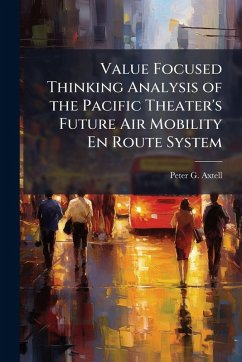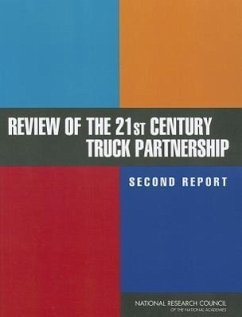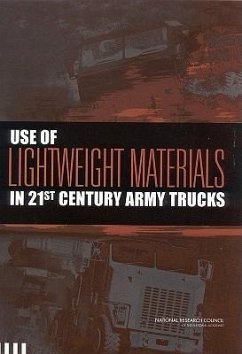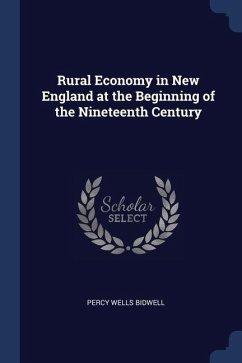
Agile Transportation for the 21st Century Objectives for the Defense Transportation System
Versandkostenfrei!
Versandfertig in über 4 Wochen
15,99 €
inkl. MwSt.
Weitere Ausgaben:

PAYBACK Punkte
8 °P sammeln!
The Department of Defense (DoD) recognizes the benefits of in-transit visibility of commodities throughout the Defense Transportation System (DTS). The United States Transportation Command (USTRANSCOM) created the Global Transportation Network (GTN) as the primary command and control (C2) tool to capture and utilize in-transit cargo data. Currently, the USTRANSCOM J5 is developing an advanced concept in technology demonstration (ACTD) called Agile Transportation for the 21st Century (AT2000) to improve C2 of cargo in-transit anywhere in the DTS. While developing AT2000, USTRANSCOM continues to...
The Department of Defense (DoD) recognizes the benefits of in-transit visibility of commodities throughout the Defense Transportation System (DTS). The United States Transportation Command (USTRANSCOM) created the Global Transportation Network (GTN) as the primary command and control (C2) tool to capture and utilize in-transit cargo data. Currently, the USTRANSCOM J5 is developing an advanced concept in technology demonstration (ACTD) called Agile Transportation for the 21st Century (AT2000) to improve C2 of cargo in-transit anywhere in the DTS. While developing AT2000, USTRANSCOM continues to focus on supply-chain management as part of a revolution in military logistics (RML). The United States Army's Velocity Management and USTRANSCOM's Strategic Distribution Management Initiative (SDMI) are key supply-chain initiatives in RML. Will the objectives of AT2000 improve or hinder these supply-chain initiatives? This question will provide the impetus for this research paper. This work has been selected by scholars as being culturally important, and is part of the knowledge base of civilization as we know it. This work was reproduced from the original artifact, and remains as true to the original work as possible. Therefore, you will see the original copyright references, library stamps (as most of these works have been housed in our most important libraries around the world), and other notations in the work. This work is in the public domain in the United States of America, and possibly other nations. Within the United States, you may freely copy and distribute this work, as no entity (individual or corporate) has a copyright on the body of the work. As a reproduction of a historical artifact, this work may contain missing or blurred pages, poor pictures, errant marks, etc. Scholars believe, and we concur, that this work is important enough to be preserved, reproduced, and made generally available to the public. We appreciate your support of the preservation process, and thank you for being an important part of keeping this knowledge alive and relevant.












